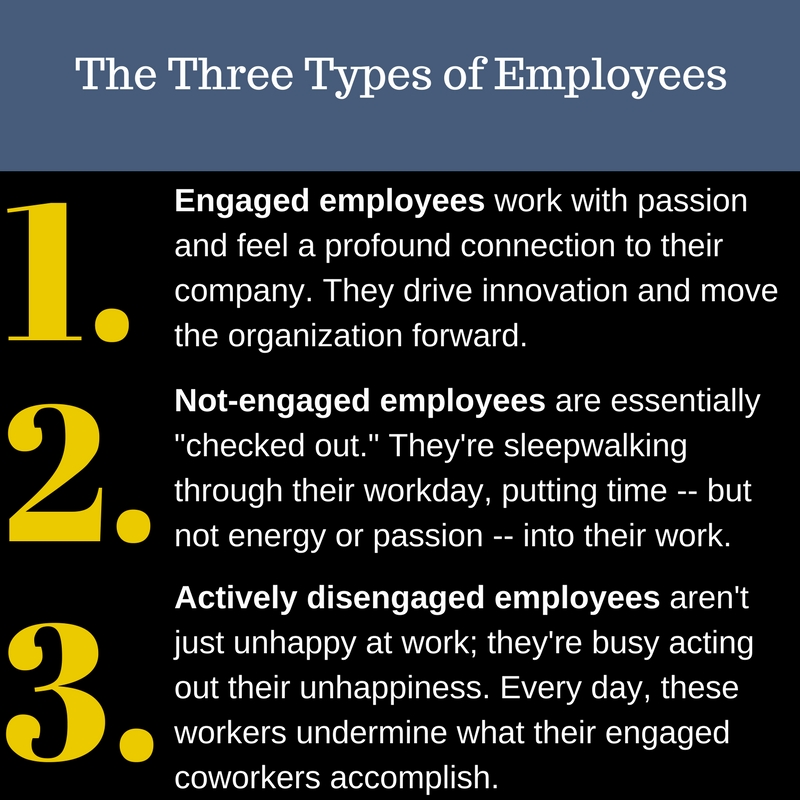We are living through a period of extraordinary uncertainty. Our safety and our Leadership is in flux.
Two renowned scholars and two McKinsey experts recently illuminated the leadership imperatives of our time:
- bringing people together,
- energizing forward progress, and
- reimagining normalcy.
This is exactly what we embrace with our Partnering through Collaboration Leadership Approach (at RNKnowles & Associates).
Stress in the Workplace
The COVID mess has driven us onto new and different ground. The virus, the vast amounts of conflicting information, the on-again off-again edicts, the shortage of workers, and the supply-chain problems are forcing everyone to rethink what and how we conduct our businesses. On top of this, we still must maintain our standards of safety, quality, and total performance. With such high levels of complexity, no one knows how to do all of this.
For the businesses having to impose and enforce all the edicts, we wind up pitting ourselves against each other. For example, suppose someone must be let go because the edict required vaccination and the person refused it for good health reasons, and then the edict is blocked in court the next day. What do we do? We can bring the person back to work, but then other, new changes are imposed. What then? How do we handle the pay issues? It goes on and on. These stressors are intense in our workplaces today.
Finding a Workable Way through this Mire
With everything changing around us, we must find a way to take control, and make sense of what we do. Perhaps we need to shift our way of working from a top-down, hierarchical approach to one of opening up and partnering with the people. Talking together and working out our problems, as partners, is extremely important.
Our top-down approach is faced with lots of questions. Who knows the “right” answers? What are the rules today? How do we operate our businesses for the good of everyone? Are we supposed to force people to get COVID vaccinations when some people have already had COVID and are immune or have some health issues that make having a vaccination dangerous? Is Management trying to force things and the people are resisting because they do not want to get pushed around? Is Management just an extension of the Government?
No one person knows the answers. Yet, when we partner, we can do a lot better. You do know your own workplaces and the people who work there. Collectively, you know what is best for you, and what will keep you from splitting up into various factions. You know the playing field you are on. Talk together so everyone has a good picture of what you are trying to do. Talking and sharing is important because everyone has a different picture. In sharing, a clearer picture can be developed by all.

Partnering through Collaboration (Leadership Approach) is your Guide
As you talk about developing a clearer picture of your new playing field, let the conversation move on to trying to figure out how to manage yourselves on this field the best you can. Your goal is to help each other get through all this confusion so everyone can work safely, people can keep their jobs, and your business do the best it can. Develop some co-created agreements about how you are going to manage and deal with problems so things can be the best they can be. Listen to everyone and explore the best ways to work together in these difficult times. In having this conversation, you are establishing the ground rules for working together as partners. Be open to the constant need to pay attention to what is happening around you so you can be resilient and flexible as things change.
Having developed a clear picture of your playing field and co-creating how you’ll play in these confusing times, to go and do what needs to be done. Do the work, adjusting together as you go. Help each other, share information, treat everyone with respect. Avoid blame and fighting which will tear you apart.
No one know just the right answers, so you will have to develop your own as best you can. If you just default to today’s edicts, you’ll have to change them tomorrow when some new edict is issued. Take control of your destiny as best you can.
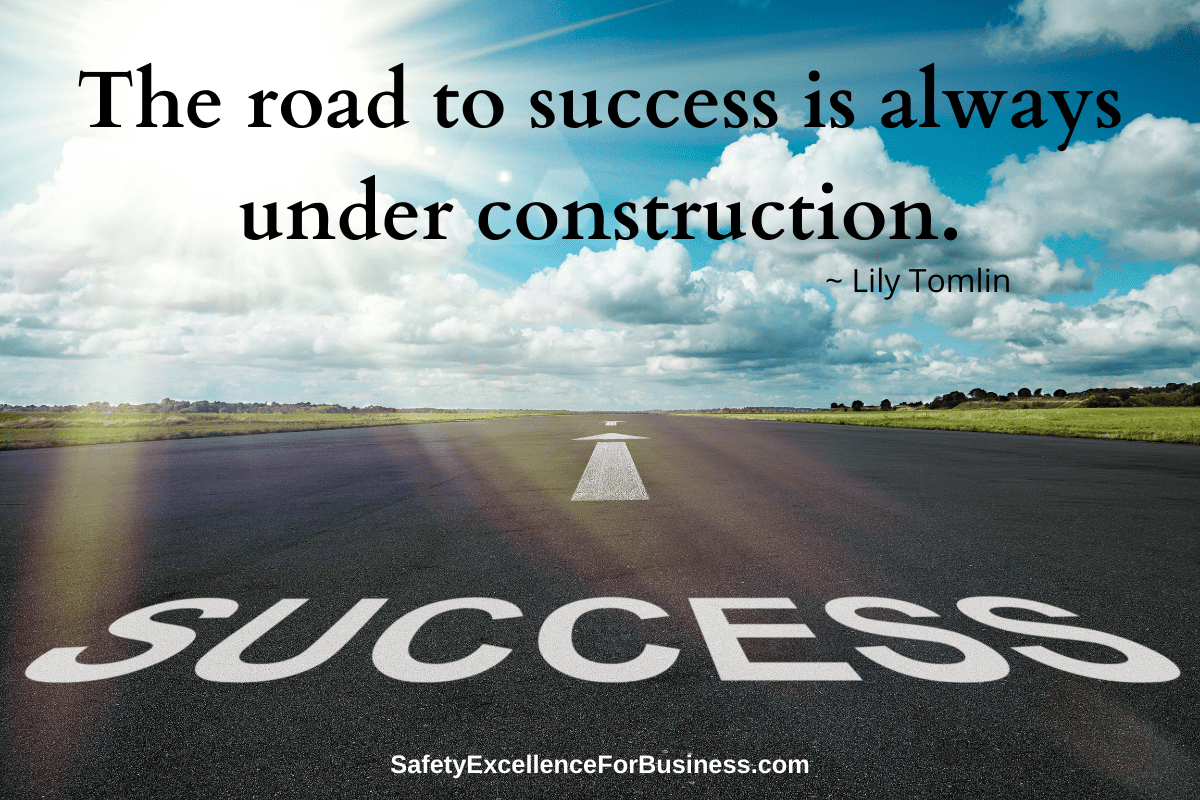 The goal is to get through all this safely, keep your people and business thriving and active, building stronger relationships for partnering and working together. This is a tough challenge, but who knows your workplace and the people better than you. You can work things out together.
The goal is to get through all this safely, keep your people and business thriving and active, building stronger relationships for partnering and working together. This is a tough challenge, but who knows your workplace and the people better than you. You can work things out together.
Remember these 3 tenets of Partnering through Collaboration (Leadership approach):
- Understand the big picture – What’s your frame of reference?
- Continually Build Relationships with all people
- Share Information…openly, widely, often, in various ways
We at Richard N. Knowles and Associates help the people in organizations to develop partnering with our Partnering Through Collaboration approach. It is a specific Leadership process that we can teach you to utilize as you move through your stressors. We have a long, successful track record in this work. You can move forward quickly. To learn more about this, please give us a call at 716-622-6467 and see our web site at www.RNKnowlesAssociates.com. The calls are free.
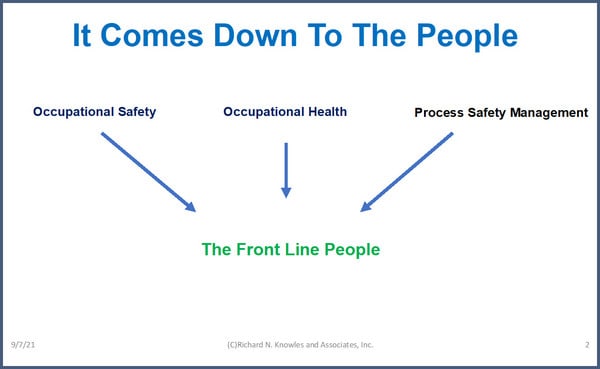
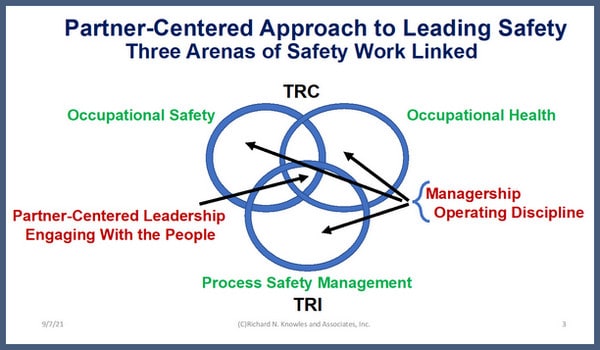
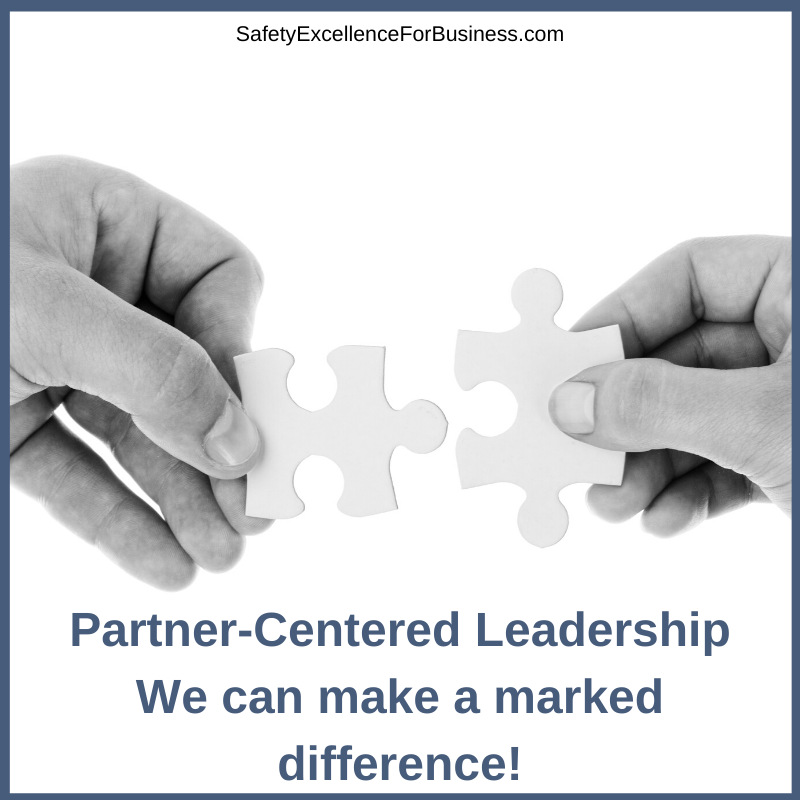
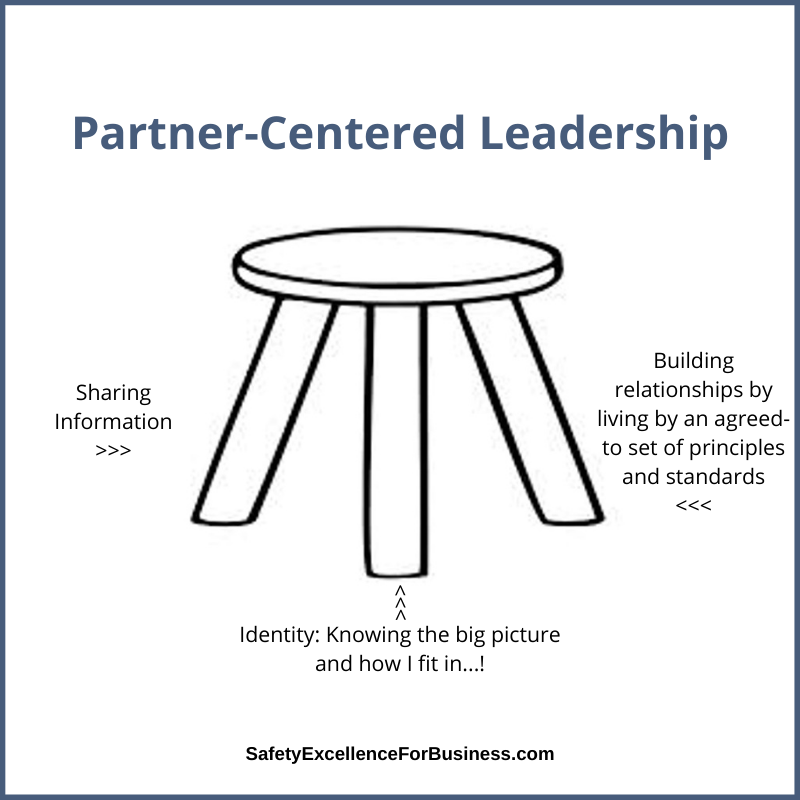
 When I was transferred to the DuPont Belle, West Virginia plant in 1987, the Total Recordable Injury Case Rate (TRC) was about 5.8 and emissions to air, water and ground, as reported in the EPA Toxic Release Inventory (TRI) annual report, was over 6,000,000 pounds/year. Within three years, both of these had dropped by about 95% to a TRC of about 0.3 and a TRI of about 275,000 pounds/year. Emissions to the environment is one way to measure how well the process safety is working; the better the process safety work, the lower the emissions to the environment.
When I was transferred to the DuPont Belle, West Virginia plant in 1987, the Total Recordable Injury Case Rate (TRC) was about 5.8 and emissions to air, water and ground, as reported in the EPA Toxic Release Inventory (TRI) annual report, was over 6,000,000 pounds/year. Within three years, both of these had dropped by about 95% to a TRC of about 0.3 and a TRI of about 275,000 pounds/year. Emissions to the environment is one way to measure how well the process safety is working; the better the process safety work, the lower the emissions to the environment.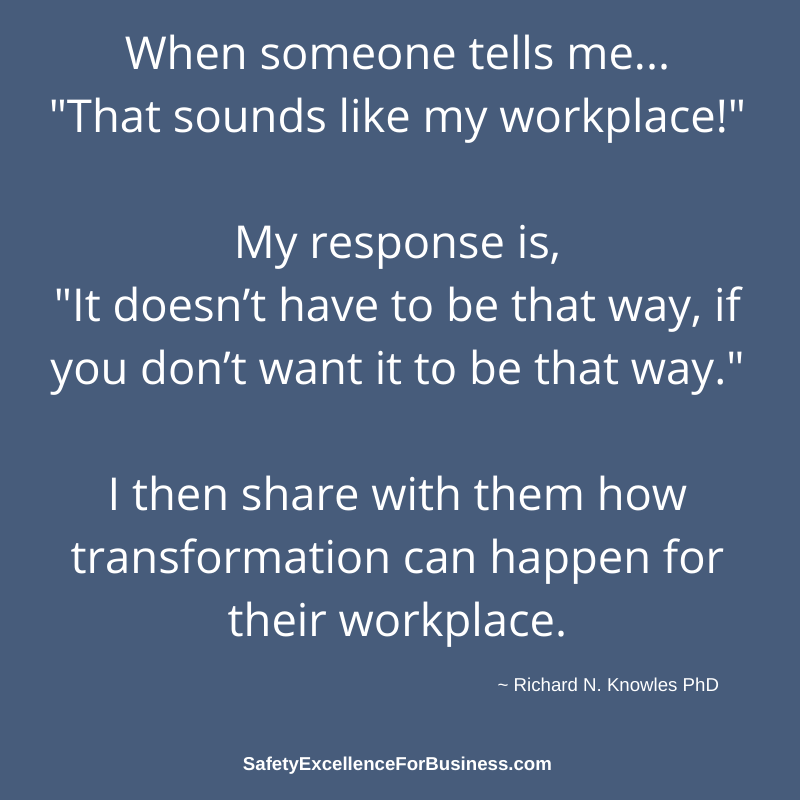 The process safety management collapsed in January of 2010 with major, accidental releases to the air and river and they had a man get killed with a phosgene release. When the US Chemical Safety Board investigated in late 2010, they reported that while the occupational safety and health performance was the best in the DuPont Company, the process safety management had fallen apart and the plant was not even using the DuPont standard procedures. This was a sad commentary about how far things had fallen.
The process safety management collapsed in January of 2010 with major, accidental releases to the air and river and they had a man get killed with a phosgene release. When the US Chemical Safety Board investigated in late 2010, they reported that while the occupational safety and health performance was the best in the DuPont Company, the process safety management had fallen apart and the plant was not even using the DuPont standard procedures. This was a sad commentary about how far things had fallen. Our businesses, our schools and hospitals, our governments, and not-for-profits, at all levels, are fractured and coming apart. Change is coming faster and faster. So many people seem to be trying to cope by pulling into their shells and trying to push the turmoil all away. The trust levels among all the various groups is very low. So many loud voices are pushing their version of the “truth” that it is almost impossible to tell who is being honest and should be listened to. How do we find the truth?
Our businesses, our schools and hospitals, our governments, and not-for-profits, at all levels, are fractured and coming apart. Change is coming faster and faster. So many people seem to be trying to cope by pulling into their shells and trying to push the turmoil all away. The trust levels among all the various groups is very low. So many loud voices are pushing their version of the “truth” that it is almost impossible to tell who is being honest and should be listened to. How do we find the truth?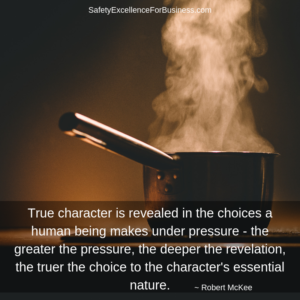 In thinking about your own place of work, what do you suppose it would be like if people did some of the things mentioned earlier in this newsletter? Do you think that you could begin talking with others about building a more respectful environment? What do you think it would be like if you could openly talk together about the important issues like improving the safety of your job? What would it be like if the managers and supervisors talked frequently about with everyone about how the business was doing the challenges from the competition? What would it be like if you knew that someone was looking out for your back? What would it be like if you felt you were in an environment of trust? What would it be like if people really asked important questions and talked about them? What would it be like if people in upper management asked you for your honest opinion and really listened? That’s called breaking the iceberg and engaging in authentic conversations!
In thinking about your own place of work, what do you suppose it would be like if people did some of the things mentioned earlier in this newsletter? Do you think that you could begin talking with others about building a more respectful environment? What do you think it would be like if you could openly talk together about the important issues like improving the safety of your job? What would it be like if the managers and supervisors talked frequently about with everyone about how the business was doing the challenges from the competition? What would it be like if you knew that someone was looking out for your back? What would it be like if you felt you were in an environment of trust? What would it be like if people really asked important questions and talked about them? What would it be like if people in upper management asked you for your honest opinion and really listened? That’s called breaking the iceberg and engaging in authentic conversations! I feel we are not moving fast enough to get to higher levels of performance. Way too many people are getting hurt and killed. Safety is a part of all we are doing and the whole system needs to be making improvements.
I feel we are not moving fast enough to get to higher levels of performance. Way too many people are getting hurt and killed. Safety is a part of all we are doing and the whole system needs to be making improvements.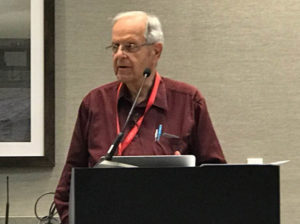 I was given the opportunity to talk about my work on Partner-Centered Leadership and shared information about the Process Enneagram, which is such a powerful tool to help people to come together to solve their complex problems. Partner-Centered Leadership is focused on sharing information, building trust and interdependence, helping everyone see the importance of their work for the success of the whole enterprise and moving into a better future. Everyone at the workshop was seeking ways to actually move into Safety II and make it happen so there was a lot of interest in this work.
I was given the opportunity to talk about my work on Partner-Centered Leadership and shared information about the Process Enneagram, which is such a powerful tool to help people to come together to solve their complex problems. Partner-Centered Leadership is focused on sharing information, building trust and interdependence, helping everyone see the importance of their work for the success of the whole enterprise and moving into a better future. Everyone at the workshop was seeking ways to actually move into Safety II and make it happen so there was a lot of interest in this work. Leaders are people who have a vision of what is possible, are concerned and care enough to make a difference, have the courage and commitment to do the work, and truly engage with people to learn, grow and to achieve their results. These are people who regularly go into their organizations, walk around, have the important conversations about getting better, building a respectful workplace, listening carefully, building trust and interdependence, and helping the people to be the best they can be. They create environments where it is safe to openly talk together, ask questions, share information, think out-loud and build a better future.
Leaders are people who have a vision of what is possible, are concerned and care enough to make a difference, have the courage and commitment to do the work, and truly engage with people to learn, grow and to achieve their results. These are people who regularly go into their organizations, walk around, have the important conversations about getting better, building a respectful workplace, listening carefully, building trust and interdependence, and helping the people to be the best they can be. They create environments where it is safe to openly talk together, ask questions, share information, think out-loud and build a better future. Lots of managers talk about the need for organizations to change and improve. But as I talk with people, go to conferences and read the safety literature, I hardly ever encounter anyone leading this way. So many managers do not know what it means to lead.
Lots of managers talk about the need for organizations to change and improve. But as I talk with people, go to conferences and read the safety literature, I hardly ever encounter anyone leading this way. So many managers do not know what it means to lead.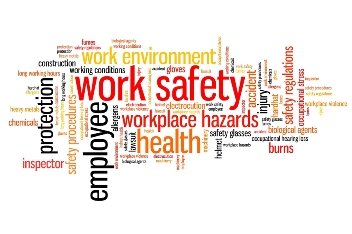 Todd Conklin works with companies to help them recover and begin to heal after they have experienced a fatality in their workforce. He has come up with a different, creative way to look why the number of fatalities at work has remained at about 4,700 people a year for a number of years. Our programs of focusing on accident prevention have significantly reduced the total number of recordable injuries, but they have not had much impact on reducing the number of fatalities.
Todd Conklin works with companies to help them recover and begin to heal after they have experienced a fatality in their workforce. He has come up with a different, creative way to look why the number of fatalities at work has remained at about 4,700 people a year for a number of years. Our programs of focusing on accident prevention have significantly reduced the total number of recordable injuries, but they have not had much impact on reducing the number of fatalities. I just saw an announcement that the Liberty Mutual Research Institute for Safety was closing after 59 years, to reduce costs. The ISO 45001 Standard is in the final stages and is aimed at improving safety around the world. Yet some people are reacting that it will not make a difference because of management indifference or cost restraints.
I just saw an announcement that the Liberty Mutual Research Institute for Safety was closing after 59 years, to reduce costs. The ISO 45001 Standard is in the final stages and is aimed at improving safety around the world. Yet some people are reacting that it will not make a difference because of management indifference or cost restraints. Many of you who have been reading this newsletter know that our emphasis is on Partner Centered Leadership. We emphasize the importance of supervisors and managers getting into their workplaces each day and talking with the people. Talking with the people is a key to breaking through to safety excellence. Talking about the risks they face each day, how they are managing them, how their kids are doing, how the safety is doing, how the business is doing, asking them what they see as to ways to improve their own work, asking about problems they are dealing with, etc. Doing this with respect and really listening are vitally important.
Many of you who have been reading this newsletter know that our emphasis is on Partner Centered Leadership. We emphasize the importance of supervisors and managers getting into their workplaces each day and talking with the people. Talking with the people is a key to breaking through to safety excellence. Talking about the risks they face each day, how they are managing them, how their kids are doing, how the safety is doing, how the business is doing, asking them what they see as to ways to improve their own work, asking about problems they are dealing with, etc. Doing this with respect and really listening are vitally important.